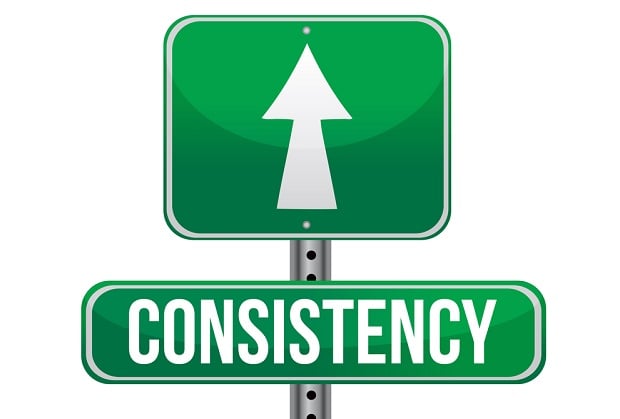 Researchers examined the accounts of a subset of the 27.1 million 401(k) plan participants in the EBRI/ICI database. (Photo: Shutterstock)
Researchers examined the accounts of a subset of the 27.1 million 401(k) plan participants in the EBRI/ICI database. (Photo: Shutterstock)
Consistency may be the hobgoblin of little minds, but it certainly doesn't hurt 401(k) balances — as long as people keep contributing, that is.
According to the study “What Does Consistent Participation in 401(k) Plans Generate? Changes in 401(k) Account Balances, 2010–2016” from the Employee Benefit Research Institute and the Investment Company Institute, “consistent” 401(k) plan participants—those who kept contributing to their plans from year-end 2010 through year-end 2016—saw their average balance more than double over the period.
Researchers examined the accounts of a subset of the 27.1 million 401(k) plan participants in the EBRI/ICI database. Looking at those 6.1 million consistent 401(k) participants, their analysis found that average 401(k) plan account balances for that particular group rose by 122 percent during this period, with all age groups registering significant increases.
That growth includes not just worker and employer contributions, but also investment returns, and varies according to participants' asset allocation, withdrawals, and loan activity.
The consistency factor was important to avoid the account turmoil that could be introduced by “401(k) participants entering and leaving the database as they change jobs or retire, and by plan sponsors entering and leaving the database as they change recordkeepers,” the report says.
Among the study's findings are the growth rate of the average consistent 401(k) plan participant, 14.2 percent, from 2010 through year-end 2016, ending up with an average balance of $167,330.
Says the study, “This was more than double the average account balance of $75,358 among all participants in the EBRI/ICI 401(k) database at year-end 2016.”
In addition, 26.4 percent of the consistent group had more than $200,000 in their 401(k) plan accounts at their current employers, while another 18.4 percent had accumulated between $100,000 and $200,000.
Also, the majority—approximately two thirds—of 401(k) participants' assets were invested in equities at year-end 2016, encompassing equity funds, the equity portion of target-date and nontarget-date balanced funds and company stock.
Asset allocations were fairly similar from consistent participants and also from the overall EBRI/ICI 401(k) database at year-end 2016.
READ MORE:
5 401(k) benchmarks every advisor must know
Pushing back against annuities in 401(k)s
401(k) truth bomb: Missing participants are bad, but cashouts are worse
© Touchpoint Markets, All Rights Reserved. Request academic re-use from www.copyright.com. All other uses, submit a request to [email protected]. For more inforrmation visit Asset & Logo Licensing.






